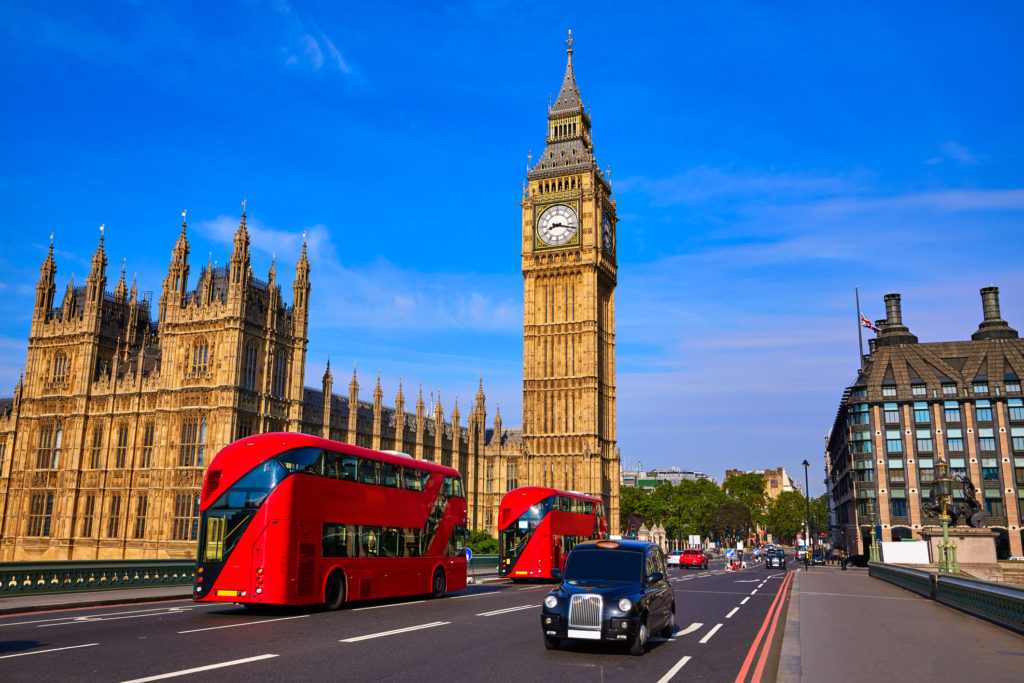
The City of London is one of the top destinations in Europe and one of the largest and oldest cities in the Old Continent. Known for its history, beauty, museums, and attractions, and progressiveness, London is a must-visit. People are drawn to it by the images of attractions, theater, and even the diverse culture. Knowing how big the name is, how can you not even dream of going here, right? On this travel guide, we’re going to help you make the most out of your visit, even when you’re on a budget.
What we’ll cover:
Best time to go
Famous attractions to visit
Suggested budget
Tips to save money
Transportation
BEST TIME TO GO
London can be visited at any time of the year, as its climate is relatively temperate and in general, doesn’t experience extreme weather during summer and winter. The best months to visit, however, are during spring (late March to early June) and autumn (September to November). These months are usually warm and dry.
FAMOUS ATTRACTIONS TO VISIT
Buckingham Palace
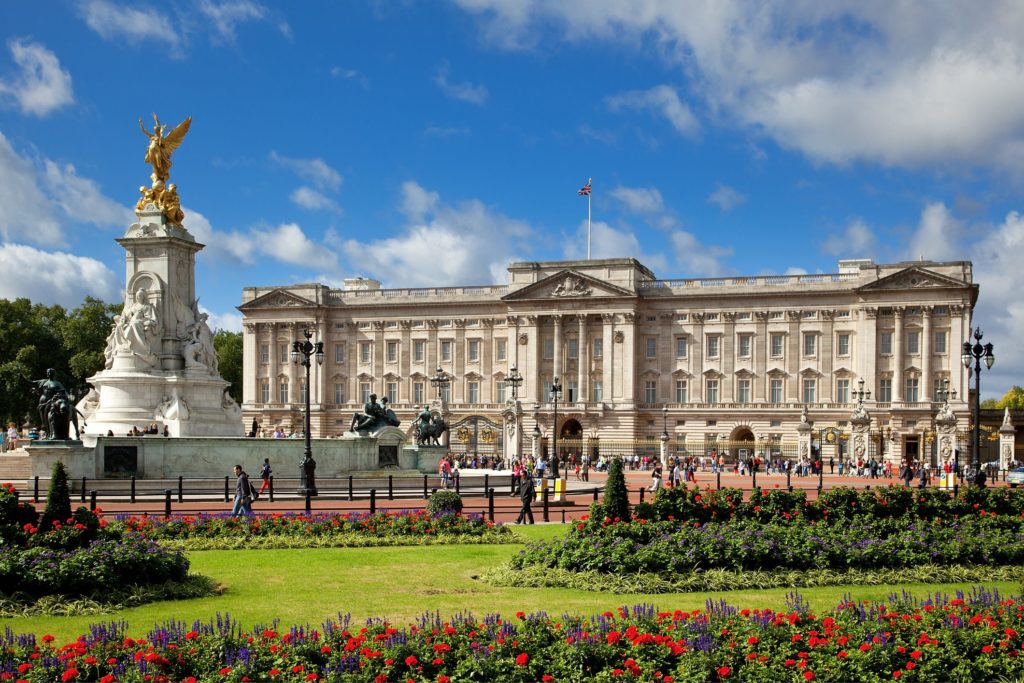
As we all know, this is the official residence of the Royal Family of England, located in Westminster. For the most part, it’s used for State ceremonies and celebrations. The palace is open to the public during summer, from August 1 to September 27. Booking the tickets in advance is highly advisable because it sells out quickly. Lastly, at the Buckingham Palace, it’s easy to know if the Queen is there or not because when the queen is home, there will be four guards outside the doors of the building. On the contrary, if she’s not there, there will only be two guards.
London Eye (a.k.a. Millennium Wheel)
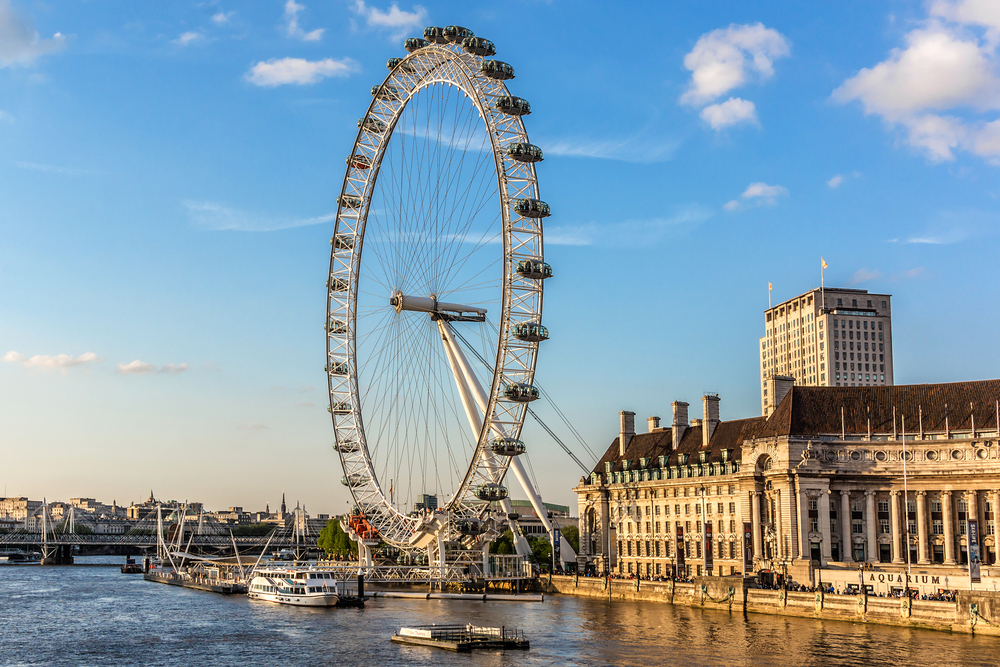
London Eye is a revolving Ferris wheel on the South Bank of River Thames in the borough of Lambeth. It has a height of 443 feet (135 meters) and is known as the world’s tallest Ferris wheel from 1999 until 2006. This place is great to see the entire London from above. There are 32 capsules and each capsule has a capacity of 25 passengers and the wheel moves so slowly (two revolutions per hour).
Tower Bridge
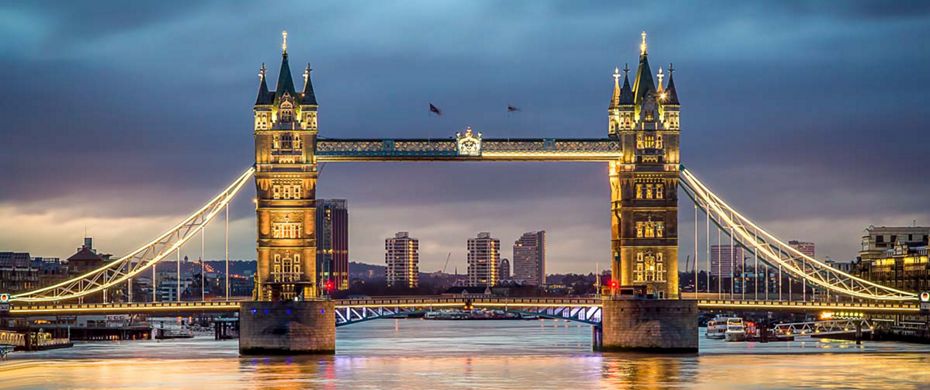
Just like the London Eye, Tower Bridge is one of London’s landmarks. It is very important for London’s traffic as part of an inner circle route around the city. It is 244 meters long, 42 meters high.
Westminster Palace and Big Ben

Westminster Palace is where the House of Lords and House of Commons are in session. The building dates mostly from the 19th century but you can see the traces of its medieval past. Big Ben, on the other hand, is a known Clock Tower at the said palace, but mostly known as the bell tower.
Museum hopping
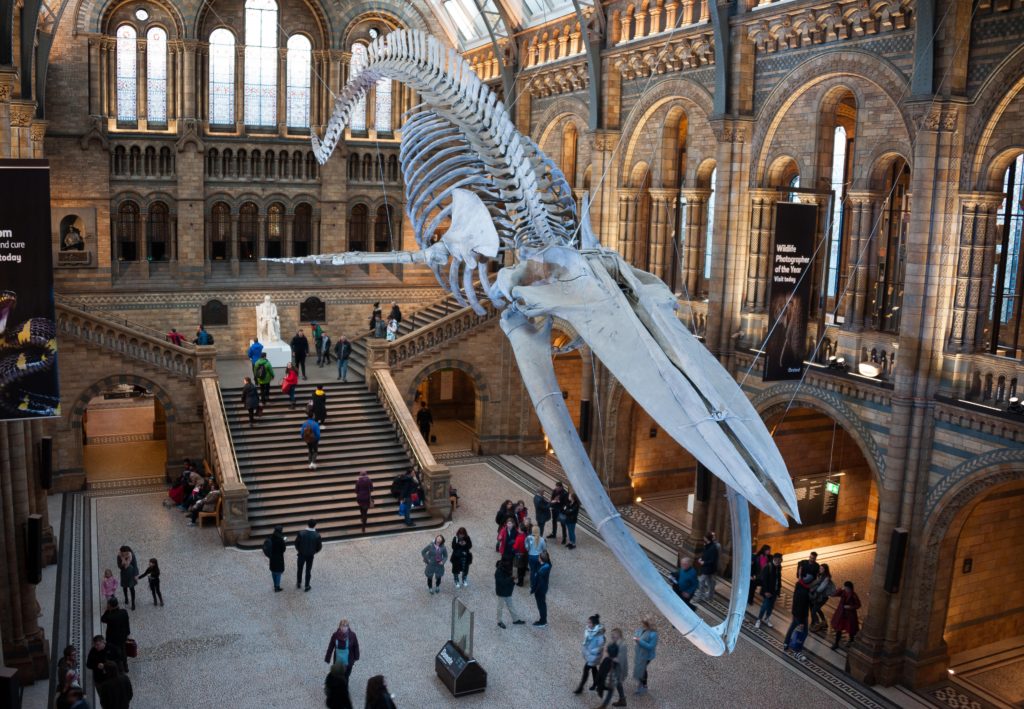
Fan of exploring and experiencing the history by yourself? Then consider this place. British Museums offer historical pieces, artworks, etc. Most of the museums are free.
Explore Hyde Park and Kensington Gardens
Looking to get away from the busy city? Then head to Hyde Park or Kensington Gardens. It is a great place to stroll, picnic, or catch one of the many events throughout the year.
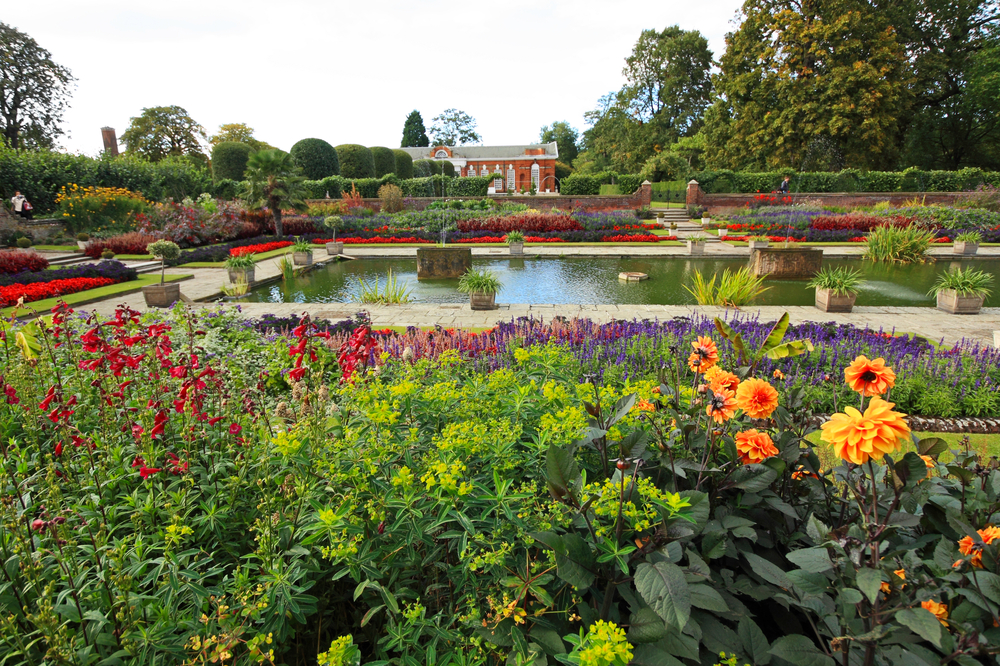
SUGGESTED BUDGET
This is probably the most important part of this post – the budget. We all know that traveling can be expensive if money is not used wisely. So read on!
If you’re a backpacker, allot a budget of around £46 (USD 60) per day where it’ll cover the hostel room, public transit, street food, and free attractions.
Of course, you should also go for a mid-range budget of about £100 (USD 130). This is where you can cover staying in a private Airbnb room, eating out for most of your meals, public transit and around one paid attraction each day.
Lastly, if you’re on a luxury budget, you can prepare above £361 (USD 470) per day where you can get an excellent 4-star hotel, eat at nice restaurants, take a few taxis, and tour at some paid attractions.
TIPS TO SAVE MONEY

Now that we’re done with the budget, let’s go for saving money! Being in a country with a high cost of living doesn’t necessarily mean that you’ll have to spend everything in your bank account. So, here are the tips on how to save money!
Walk and explore (fewer transportation costs)
London is a huge city, but there are beautiful historic buildings all around. Walking is normal and expected, so there are some maps of walking routes available for free that can be claimed from London tourist information shops.
Skip the cabs
When you get tired of walking, finding any means of transportation is the next thing you’ll have in mind. However, put in mind that taxis are known to be expensive in London! You’re likely to spend most of your money using taxis that other public transportation services. If you’re saving money, better not consider this as an option.
Get the London Pass
If you get the London Pass, you can enjoy access to lots and lots of London attractions like the Tower of London, Westminster Abbey, etc. Here are the rates of each:
One-day pass: £75 ($98 USD)
Two-day pass: £99 (USD 129)
Three-day pass: £125 (USD 163)
Six-day pass: £169 ($168 USD)
Get the Taste Card
The diner’s club card offers 50% discounts on thousands of restaurants.
Buy an Oyster Card
This prepaid card can make you save about 50% off on each metro (sounds great, right?!). Not only that. If you have some balance left, you can refund it. Say, for example, you still have the unused £50. You can reclaim it from their card reader.
Visit all the free museums
Most of the museums in London are free, such as the British History Museum, the Museum of London, the National Gallery, Tate Modern, the Science Museum, and The Natural History Museum. That’s the best way to fill your mind and experience British history without spending even a cent.
TRANSPORTATION
For transportation, you have five options – renting a car, renting a bike, subway, taxi, and bus.
Renting a car – if you want to explore London itself, you can. The prices of the rentals will depend on what kind of car you’re eyeing for. Choosing this as your mode of transportation can stop you from being reliant upon the schedule of public transportation.
Renting a bike – if you’d rather take the old-school route, then this is a good option. You can customize bikes for each rider, and in-store staff can give cycling advice and guidance to those who are new to the city. They also have safety gear for the rider’s safety.
Subway – this is the underground rail network and is also known as “The Tube.” Greater London is served by 11 Tube lines/ Underground trains generally run between 5 am and midnight, Monday to Saturday (with reduced operating hours during Sundays).
Taxi – London cabs are considered to be quite an expensive form of transport but they are convenient and good for short journeys.
Bus – London buses are all cashless, so you’ll be needing an Oyster card, Travelcard or contactless payment.
Enough of cold weather? How about visiting a tropical Asian country. Click here!

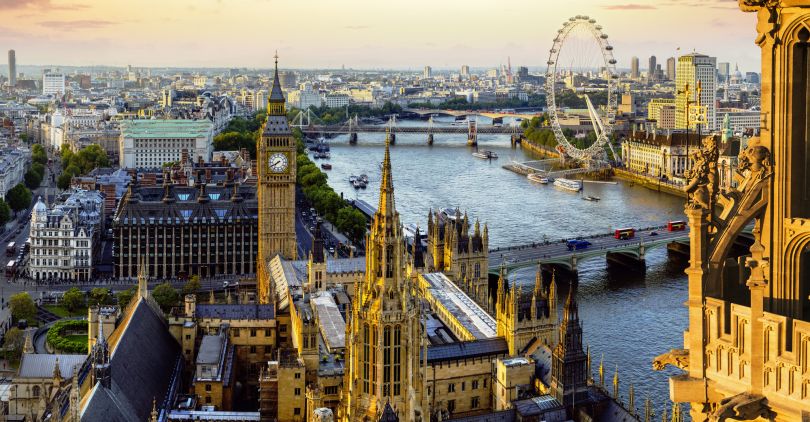
Your article helped me a lot, is there any more related content? Thanks!
Your article made me suddenly realize that I am writing a thesis on gate.io. After reading your article, I have a different way of thinking, thank you. However, I still have some doubts, can you help me? Thanks.
Reading your article has greatly helped me, and I agree with you. But I still have some questions. Can you help me? I will pay attention to your answer. thank you.
Thank you for your sharing. I am worried that I lack creative ideas. It is your article that makes me full of hope. Thank you. But, I have a question, can you help me?